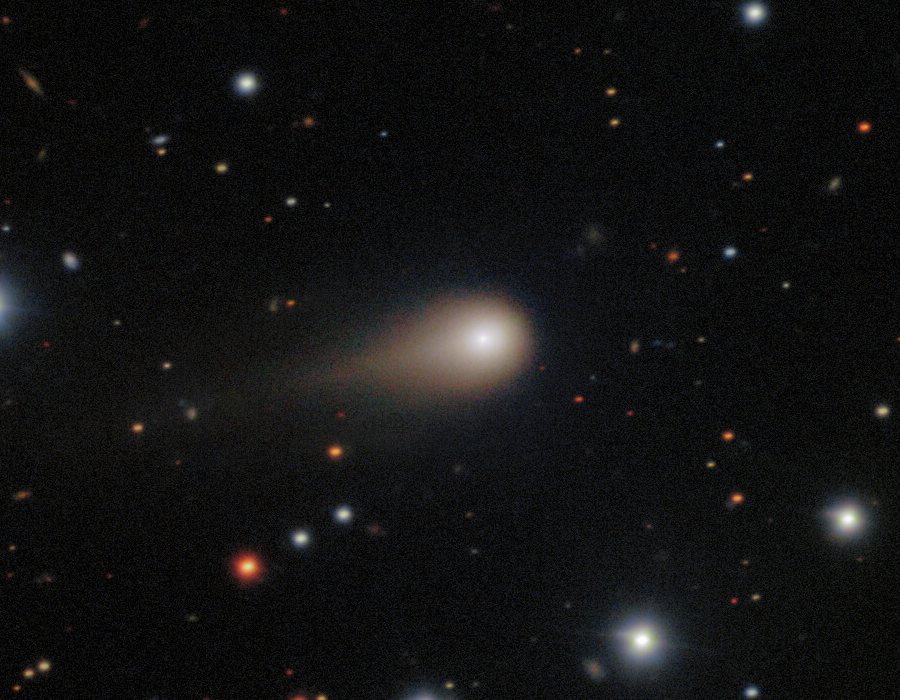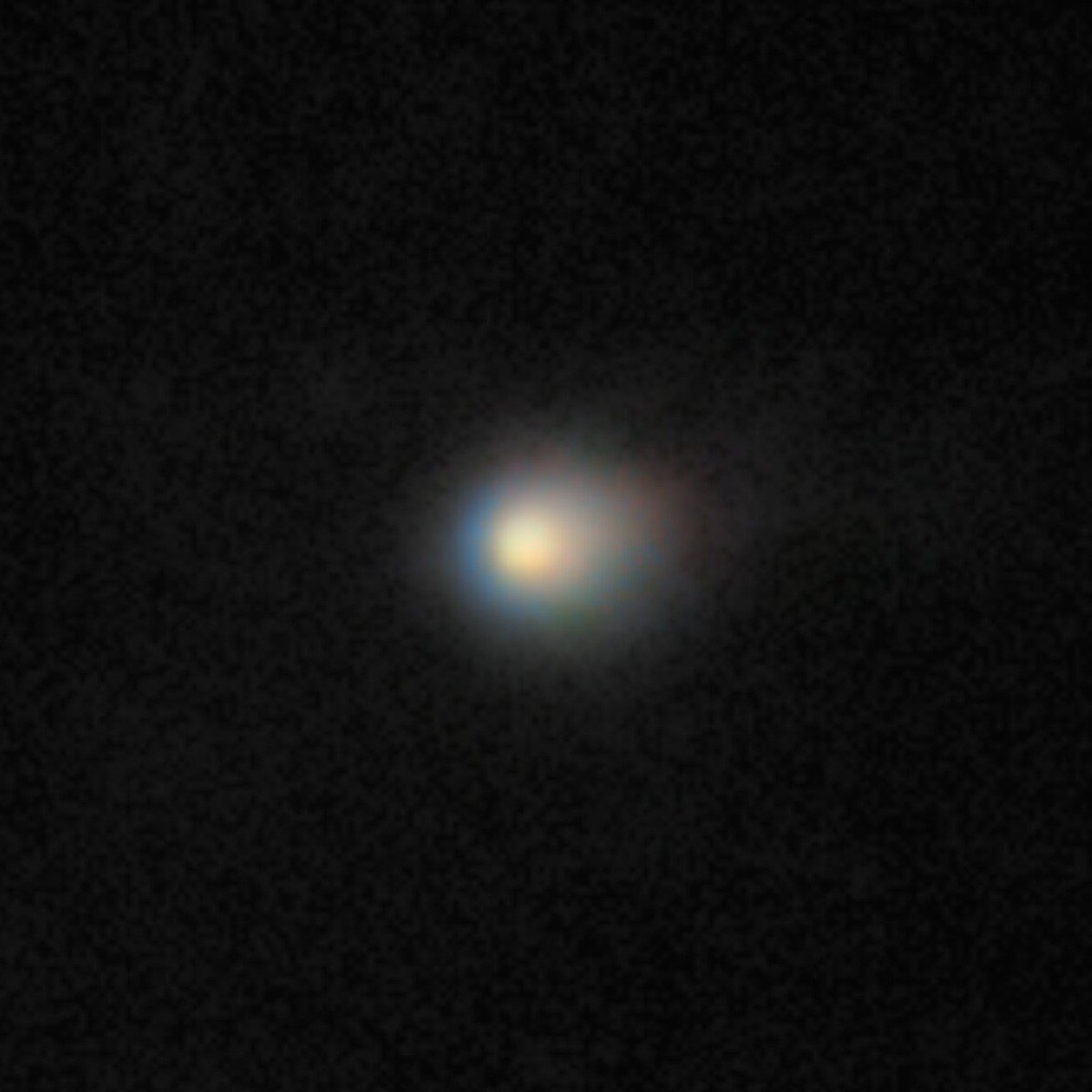
A rare comet from another star system is speeding through our solar system, giving astronomers a unique chance to study an interstellar visitor up close. Named 3I/ATLAS, it is only the third such object ever confirmed. It joins Oumuamua, which appeared in 2017, and Borisov, detected in 2019.
3I/ATLAS was first spotted on July 1, 2025, by the ATLAS telescope in Chile. This telescope is part of a global network of four: two in Hawaii, one in South Africa, and one in Chile. Together, they constantly scan the night sky for moving objects.
The two earlier interstellar comets were detected too late for detailed study. However, 3I/ATLAS is being closely followed. The roughly 7-mile (11 km) wide comet is much larger than the previous ones. Traveling at about 130,000 mph (209,000 km/h), it is also the fastest interstellar object ever recorded. Scientists say this incredible speed suggests it has been drifting through space for billions of years.
Even more intriguing, the comet has a high carbon dioxide-to-water-ice ratio of about 8 to 1. This indicates it came from a star system very different from our own. A recent study also suggests that 3I/ATLAS is about 7 billion years old. This makes it the oldest interstellar comet ever spotted.

In the most recent image captured by two sky photographers on September 7, 2025, the comet appears bright green. Scientists believe this could be due to rare chemicals being released from its core as it gets closer to the Sun. They hope to obtain additional photos from the ground-based observatories in the coming weeks to confirm the color and investigate its cause.
The comet is best seen through a telescope. It will be visible after sunset through September 2025. In October, 3I/ATLAS will disappear behind the Sun, reaching its closest point to our star on the 29th. The comet will reappear in early December and be visible in the morning sky before sunrise. 3I/ATLAS will get closest to Earth on December 19, 2025, passing at a safe distance of about 170 million miles (270 million km). It will continue to be observable into mid-2026 as it continues its journey out of our solar system.
NASA astronomer Teddy Kareta says that patience will be key to spotting the rare comet. But he believes it is well worth the effort because “that might be the first time anyone has actually seen the light from an interstellar object with their own eyes.”
Resources: LiveScience.com, NPR.com, NASA.com
Source link


